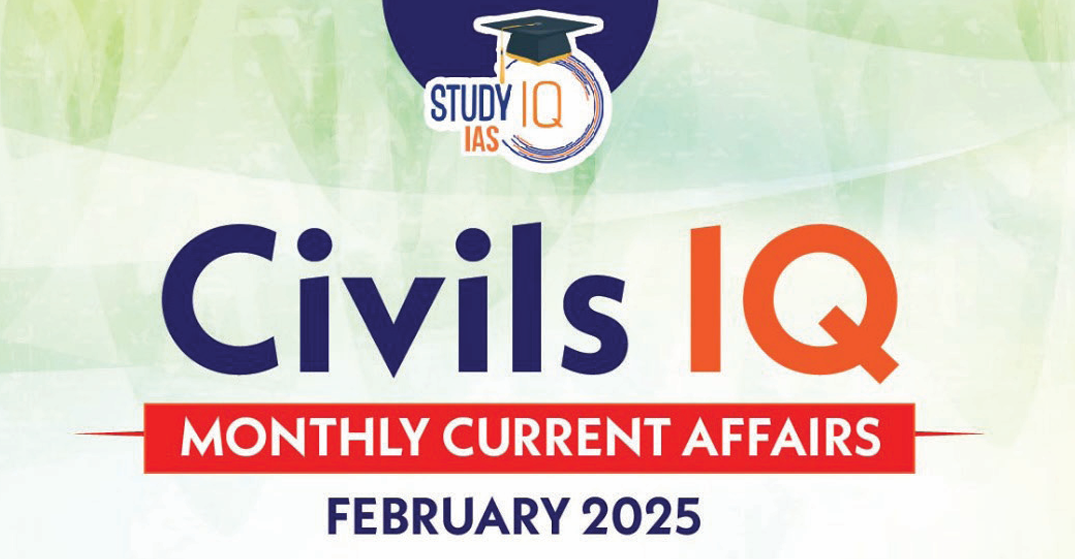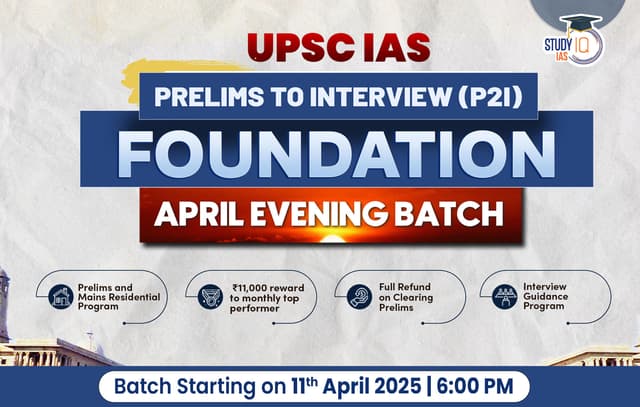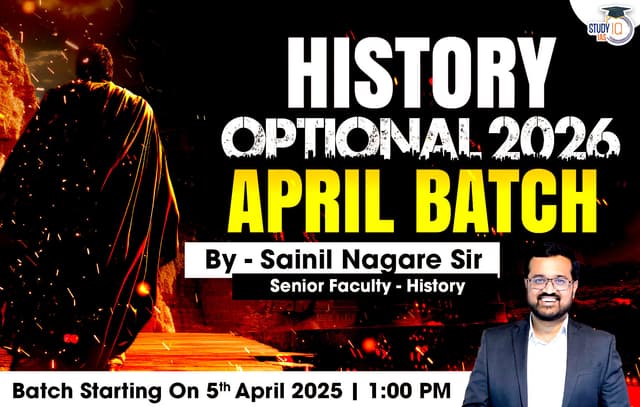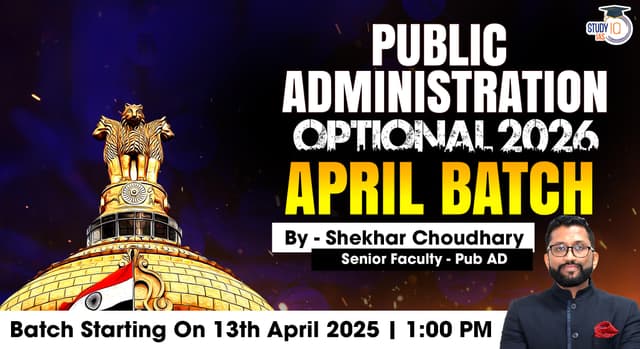Table of Contents
Context: The World Economic Forum’s (WEF) Global Risks Report 2025 underscores misinformation and disinformation as the highest-ranked short-term global threat.
Need for Tackling the Disinformation Threat in India
- Scale of Internet Users: India is set to surpass 900 million Internet users, making it highly vulnerable to digital misinformation.
- Political & Social Manipulation: The spread of fake news, deepfakes, and propaganda can influence voter behaviour, create social unrest, and destabilize democracy.
- Economic & Diplomatic Impact: Misinformation fuels consumer boycotts, economic conflicts, and international tensions, affecting investor confidence and bilateral relations.
- Foreign Disinformation Threats: India has faced persistent Chinese disinformation since the 2017 Doklam standoff, leading to the ban of over 300 Chinese apps, including TikTok.
- Declining Trust in Media: With mainstream media losing credibility, citizens rely more on social media, where 46% of misinformation is political, 33.6% general, and 16.8% religious (Indian School of Business & CyberPeace Foundation report).
- Risk to India’s Youth Dividend: False narratives influence public opinion, communal harmony, and educational awareness, making India’s young population a prime target.
Suggestive Measures for Tackling the Disinformation Threat in India
- Algorithmic Oversight & Developer Upskilling: AI and social media companies should be mandated to ensure algorithm transparency and train developers to prevent bias-driven misinformation.
- Strengthening Fact-Checking Mechanisms: Expand initiatives like Shakti – India Election Fact-Checking Collective and establish real-time deepfake analysis units for early detection.
- Regulatory Reforms & Platform Accountability: Implement content moderation policies, regular risk assessments, and independent supervisory boards to oversee Big Tech.
- Enforce ad transparency rules, ensuring disclosure of funding sources for online political advertisements.
- Public Awareness & Digital Literacy: Expand financial literacy models like RBI’s campaign with Amitabh Bachchan to combat digital disinformation.
- Introduce school and university-level digital literacy programs for identifying misinformation.
- Cross-Border Collaboration: Work with global coalitions to combat Foreign Information Manipulation and Interference (FIMI) through joint cybersecurity initiatives.
- Safeguarding Democracy & Press Freedom: Protect journalists and fact-checkers from state or corporate pressure while ensuring laws do not lead to censorship or excessive surveillance.
Also Read: Cyber Security Regime in India

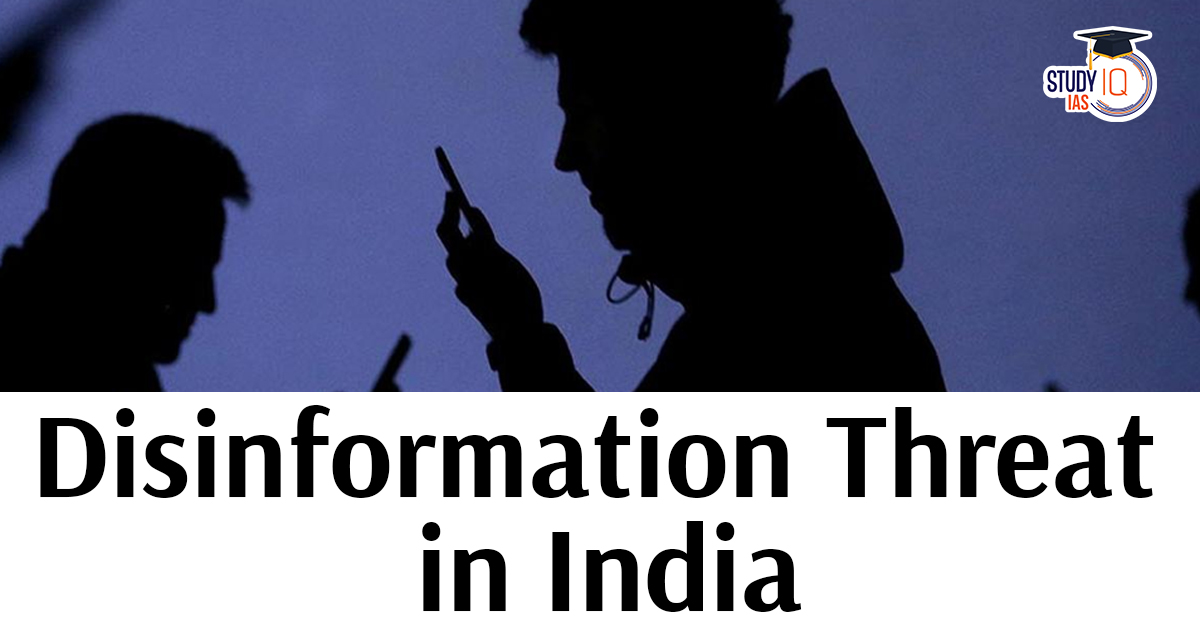
 Saturn Moons Count Reaches 274 with 128 ...
Saturn Moons Count Reaches 274 with 128 ...
 LIGO India Project, Working and Signific...
LIGO India Project, Working and Signific...
 Future Circular Collider (FCC): The Worl...
Future Circular Collider (FCC): The Worl...
